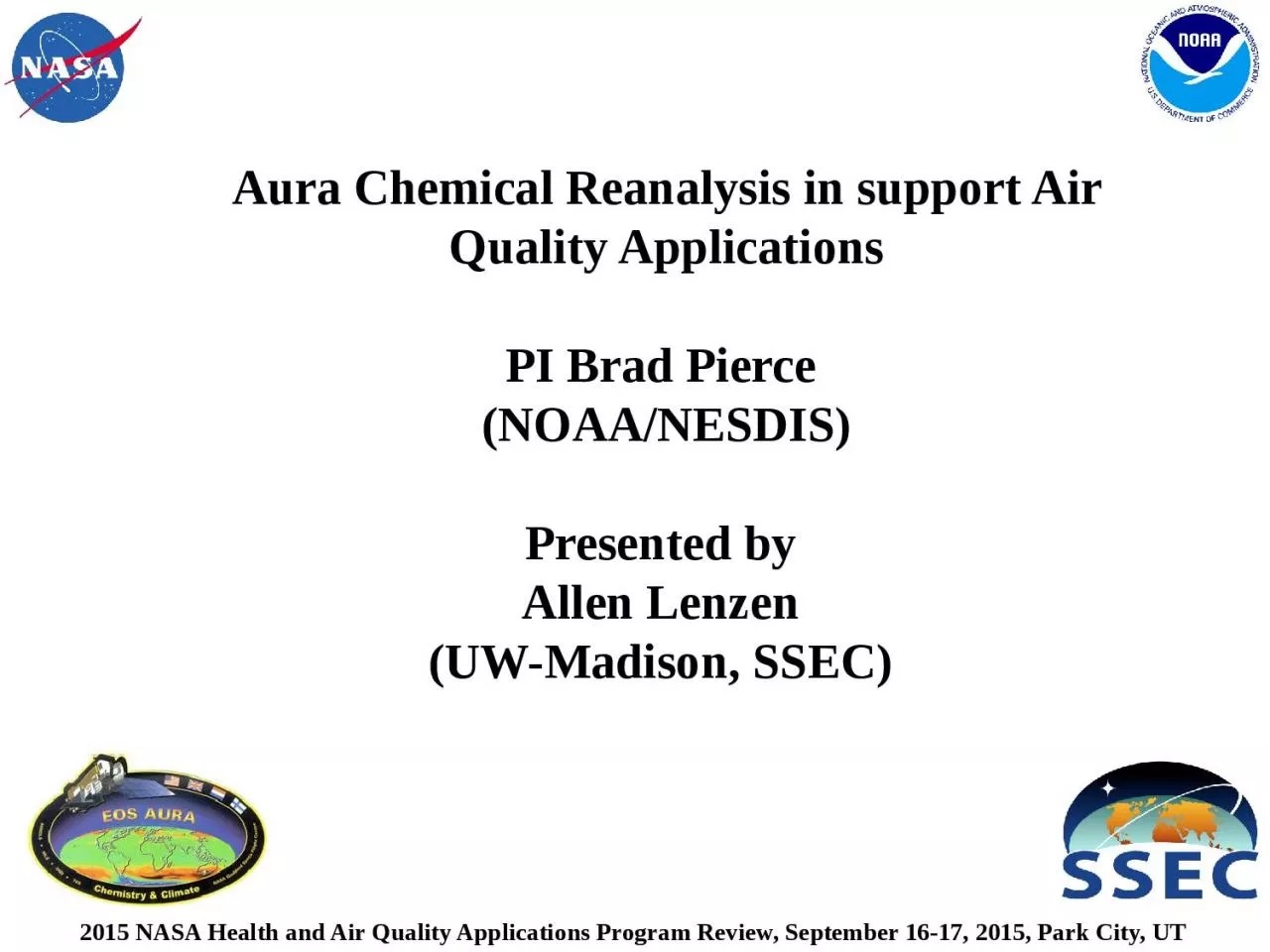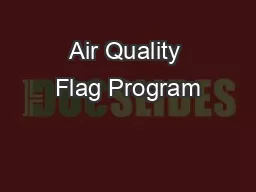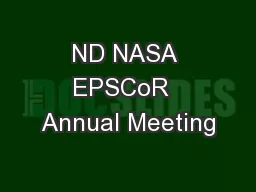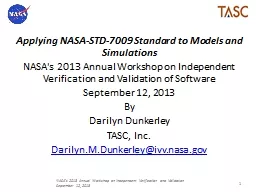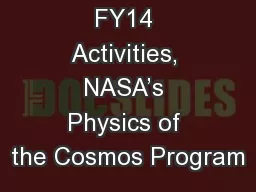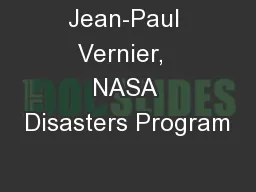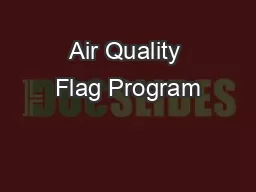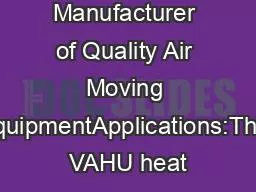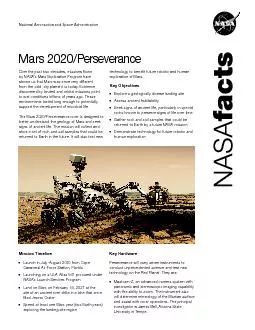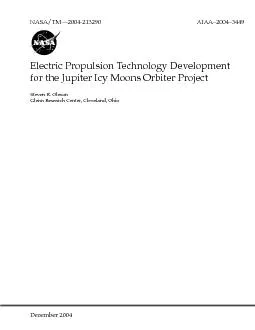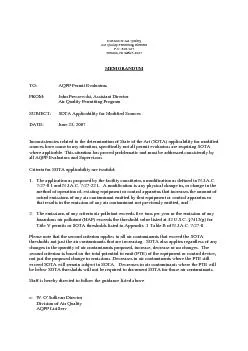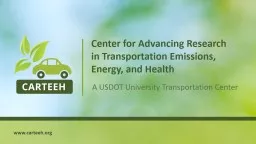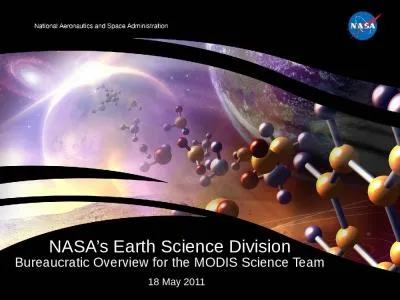PPT-2015 NASA Health and Air Quality Applications Program
Author : jones | Published Date : 2022-06-08
Review September 1617 2015 Park City UT Aura Chemical Reanalysis in support Air Quality Applications PI Brad Pierce NOAANESDIS Presented by Allen Lenzen
Presentation Embed Code
Download Presentation
Download Presentation The PPT/PDF document "2015 NASA Health and Air Quality Applica..." is the property of its rightful owner. Permission is granted to download and print the materials on this website for personal, non-commercial use only, and to display it on your personal computer provided you do not modify the materials and that you retain all copyright notices contained in the materials. By downloading content from our website, you accept the terms of this agreement.
2015 NASA Health and Air Quality Applications Program: Transcript
Download Rules Of Document
"2015 NASA Health and Air Quality Applications Program"The content belongs to its owner. You may download and print it for personal use, without modification, and keep all copyright notices. By downloading, you agree to these terms.
Related Documents

